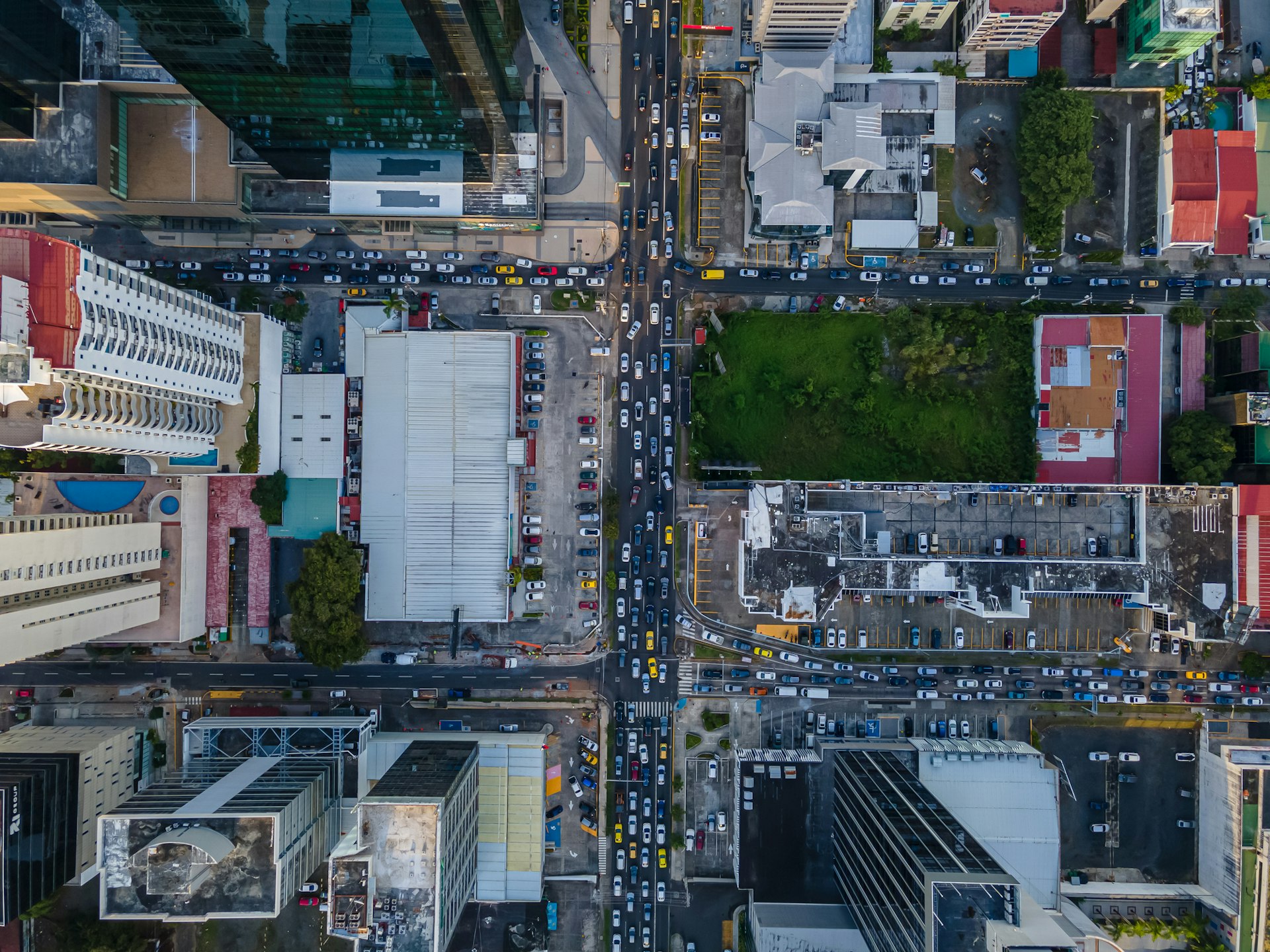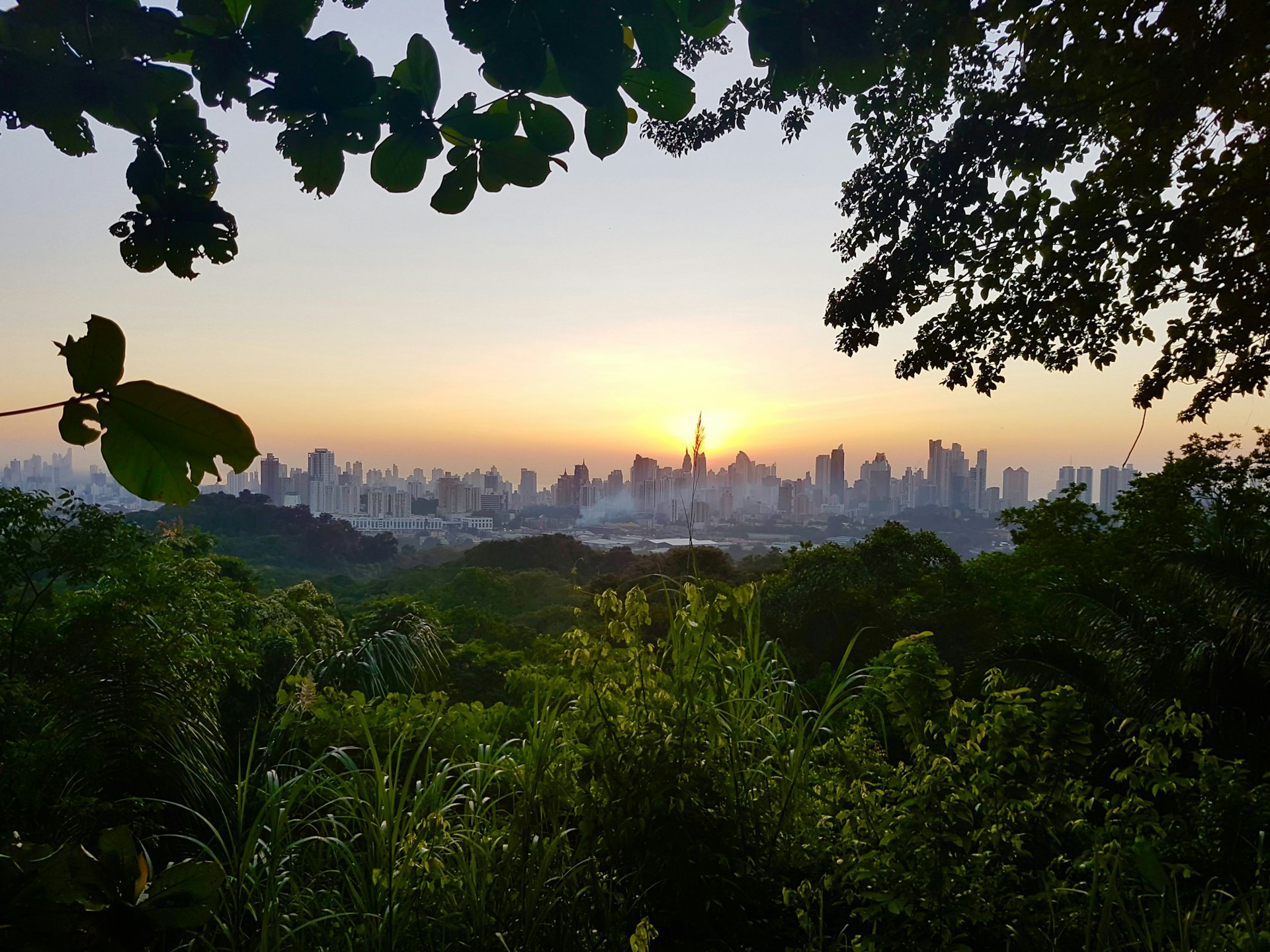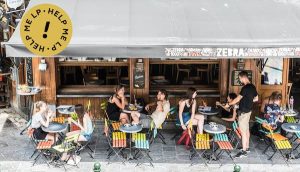
Budget-conscious travelers looking to visit Panama City can save a few dollars with these money-saving tips.
While Panama is more expensive than most of its Central American neighbors – except for Costa Rica – its cosmopolitan capital is still good value, especially when compared to cities in the US and Europe.
There are plenty of opportunities to splash your cash on the city’s best experiences – stylish boutique hotels, world-class museums, gourmet restaurants, and hip cocktail bars among them – but there are ways to cut costs too, from sharing a hostel dorm room to taking the bus and eating where the locals dine.
You can always use the money you save to splurge on a once-in-a-lifetime experience – perhaps swimming with whale sharks in the Parque Nacional Coiba or desert island-hopping around the Comarca de Guna Yala. Here are our top tips to stretch your budget further.
Make your travel budget go a little farther with insider tips from our weekly newsletter delivered to your inbox.
Avoid the high season and the highest prices
Tropical Panama is a year-round destination, but prices rise during the hot, dry season – which runs from around December to April – and get even higher around the multiple independence-related festivals in November, Christmas, New Year and Easter. If you travel during the hotter, rainy season – around May to November – you’ll escape the crowds, as well as bag a bargain on accommodations and organized tours.
Go overland to Panama City on one of Central America’s long-distance buses
If you’re already exploring Central America, consider catching one of the budget-friendly, border-hopping bus lines that operate around the region. Ticabus has air-conditioning, Wi-Fi, toilets and reclining seats. If you’re coming from Costa Rica, the 18-hour bus journey from San José to Panama City costs around $55 – way cheaper than the 75-minute direct flight that comes in at around $230.
 A homestay could mean saving some money as well as improving your Spanish © L. Toshio Kishiyama / Getty Images
A homestay could mean saving some money as well as improving your Spanish © L. Toshio Kishiyama / Getty Images
Bunk up in a dorm room or stay with a family
There’s no shortage of wallet-friendly beds around Panama City with something for all budgets, from a hostel bunk to lodging in a family home. Check out booking sites such as Hostelworld, Homestay, Couchsurfing and Airbnb, and you’ll get to enjoy some social interaction, insider tips, and kitchen space – your Spanish might improve as well.
Cash is still preferred in Panama
Credit cards are widely accepted at more upscale establishments around the city, but using plastic often means ATM charges and credit card transaction fees back home. It’s wise to carry cash for day-to-day dealings and when the ATM doesn’t work. And make sure you have some small bills for neighborhood diners, local shops and city taxis as they rarely have change.
Public transportation is the cheapest way to get around Panama City
Parts of the city are easily walkable (or runnable, or cyclable), especially the cobbled streets of Casco Viejo and the waterfront promenades of the Cinta Costera and the Amador Causeway.
But if you’re going farther afield, the city has an efficient public transportation system, including Central America’s first and only metro, that links the city center with the northern and southern reaches of the metropolitan area. You’ll need to buy a $5 rechargeable Metro, MetroBus, or RapiPass card to use it, then all journeys are $0.35.
The pass also works on the Metrobus, the sleek replacement for the eye-catching but unregulated diablo rojos (red devils), with journeys costing $0.25.
 You’ll pay more for a taxi fare if you take it from outside a hotel or mall © Gianfranco Vivi / Getty Images
You’ll pay more for a taxi fare if you take it from outside a hotel or mall © Gianfranco Vivi / Getty Images
Be wise when taking local taxis, or download a ride-hailing app
Panama City’s yellow licensed taxis can be a budget-friendly way to get around, but they’re not metered, so you need to negotiate a fare before you set off – make sure it’s for the ride and not per person. Beware that taking taxis from outside a hotel or shopping mall automatically means a price hike. Drivers don’t expect tips, but you can always round up the fare.
Uber is a better option; there’s also UberEnglish for non-Spanish speakers and UberAssist for people with mobility issues. Lyft is also available.
Learn some Spanish to avoid “gringo tax”
English is widely spoken in Panama City, so you can get by without speaking a word of Spanish, but knowing a little of the local lingo goes a long way. It’s always worth having a few useful phrases up your sleeve – and the Google Translate app on your phone – to sidestep higher prices, especially when dealing with taxi drivers and market vendors.
Rustle up your own meals
Hostels and homestays usually come with well-equipped kitchens, where you can make your own meals, prep your own picnics and save yourself a fistful of dollars by shopping in supermarkets, such as Super 99 and Justo & Bueno. There’s always plentiful fresh fruit on offer – the aguacate (avocado), sandia (watermelon), piña (pineapple), maracuya (passion fruit) and papaya are especially delicious.
 Parque Natural Metropolitano offers superb views of the city skyline © Rosie Bell / iStockphoto / Getty Images
Parque Natural Metropolitano offers superb views of the city skyline © Rosie Bell / iStockphoto / Getty Images
Go wildlife-spotting without leaving the city
You don’t have to leave the urban jungle to enjoy a taste of Panama’s staggering biodiversity. For just $5, you can explore the well-kept trails of the city’s green lung, the Parque Natural Metropolitano, a vast protected space where the lush tropical forest is home to an amazing array of flora and fauna.
Go early for the most animal action – and cooler temperatures – with the chance to spot somnolent sloths, chattering monkeys and talkative toucans. And don’t miss the stellar city views from the park’s viewpoint.
Eat like a local and fill up on Panama’s favorite dishes
Panama City has a cosmopolitan restaurant scene, from bento boxes to spaghetti bolognese, but some of its best – and cheapest – eats are traditional Panamanian dishes, or comida típica, served in hole-in-the-wall restaurants, self-service cafeterias and from street carts.
Arroz con pollo (chicken and rice) is a lunchtime favorite with the locals, and well-stuffed empanadas and portable patacones (fried green plantains) make satisfying snacks.
At city institutions such as Café Coca Cola and El Trapiche, the affordable, filling (and often fried) fare includes ropa vieja (pulled beef with vegetables and rice) and sancocho (hearty chicken and vegetable soup), or go all out on the bandejas (mixed platters) to try a little of everything. Wash it all down with a glass of chicha, a refreshing mix of tropical fruit juice and water.
 Save some bucks by choosing a local beer instead of an imported one © Inspired By Maps / Shutterstock
Save some bucks by choosing a local beer instead of an imported one © Inspired By Maps / Shutterstock
Drink the local brew
Thirsty travelers in search of a cold one should pass on imported beer brands and choose one of the local lagers – Panama, Balboa and the lighter Atlas – and aim for happy hour at a hostel or local watering hole.
Panama’s craft beer scene is booming, and La Rana Dorada serves up a raft of award-winning brews, including a Belgian-style wheat beer, a German-style pilsner and an English-style pale ale, along with some seasonal specials. With an expanding number of brewpubs around the city, the Casco Viejo branch is all bare stone, polished wood and gleaming brass, with a very liberal happy hour that runs from noon through 6pm.
Keep hydrated for less with a water filter bottle
With Panama City’s high temperatures and even higher humidity, it pays to stay hydrated. Tap water is generally safe to drink in the city – although it’s best avoided in rural areas and islands, including Bocas del Toro and the San Blas Archipelago. Save money and reduce plastic pollution by investing in a water filter bottle, such as the LifeStraw Go.
Ferry hop to Isla Taboga for a budget slice of island life
You don’t have to splash out on a trip to Bocas del Toro or the San Blas Archipelago to get a taste of a tropical island paradise. With golden sand and swaying palms, the historic Isla Taboga is just a 30-minute, $24 roundtrip ferry ride from the harbor at the Amador Causeway – perfect for a day at the playa, with beaches, cafes, and shops all within walking distance from the dock. Try to go during the week when it’s a much more tranquil escape.
Check out Panama’s discount websites
Bargain hunters should check out the daily deals on Panama’s discount websites. The most popular is OfertaSimple, where you can find everything from half-price burgers in Casco Viejo to discounted day tours of the San Blas Archipelago. Gustazos is another good option – both websites are in Spanish and English. And try Degusta Panamá for big discounts at restaurants when you book through its website or app.
A guide to daily costs in Panama City
Hostel dorm: from $15
Basic hostel room for two: around $30
Airbnb double room: around $30
Metro ticket: $0.35
Bus ticket: $0.25
Meal for two in a local restaurant: around $20
Draught beer: $2.50
Coffee: $3.50



